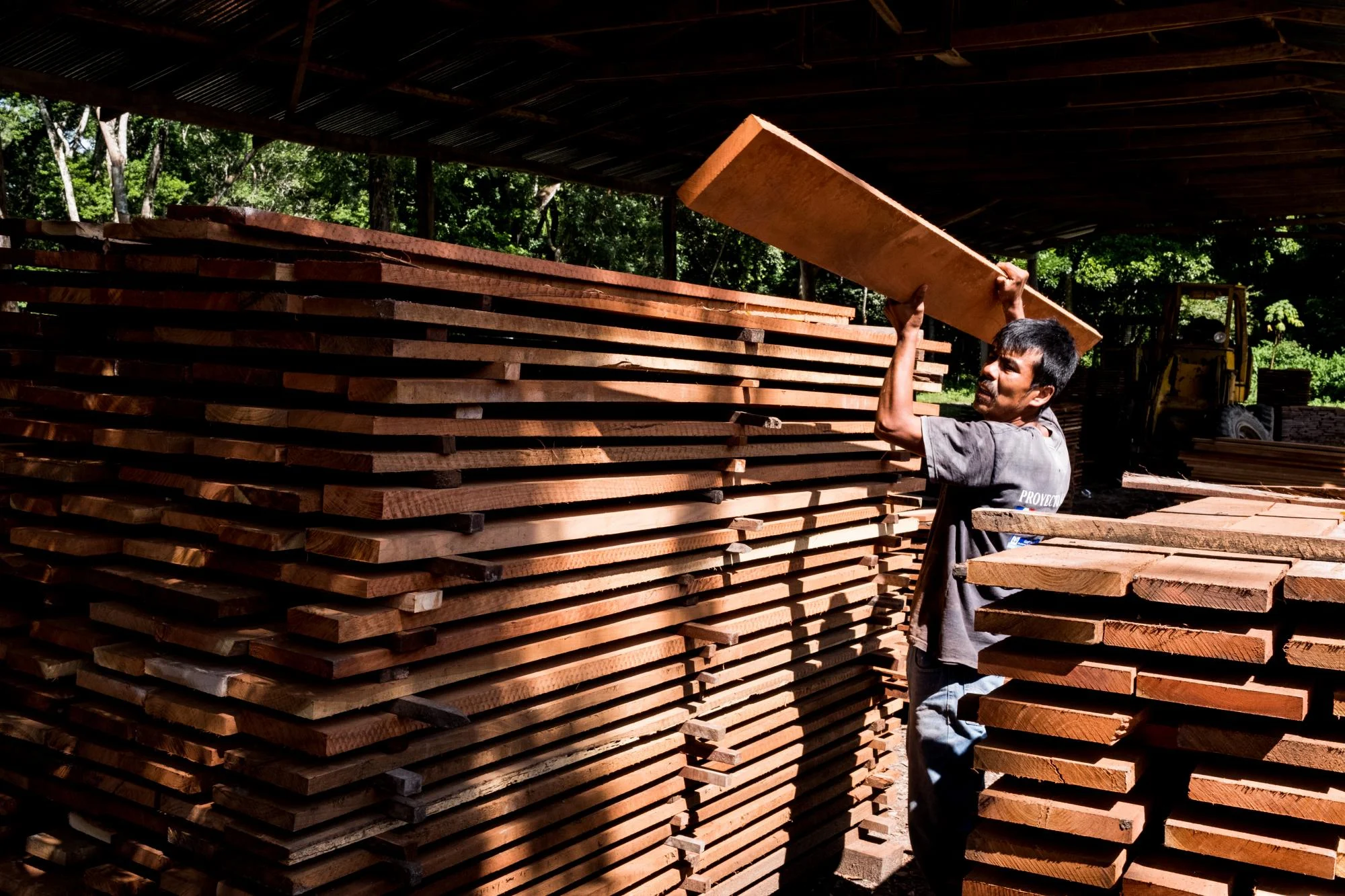Copyright thequint

I am the rebel eternal,I raise my head beyond this world,High, ever erect and alone!-Kazi Nazrul Islam (Bidrohi)Although I rely on an English rendering, and much of the pigment and rhythm may be lost behind the veil of translation, the essence of Kazi Nazrul remains. Nazrul captured the indomitable spirit of Bengal in Bidrohi before the partition of India; the same spirit that later translated into the creation of Bangladesh in 1971 through resistance to Pakistan's oppression and exclusion. Throughout the Liberation War, Nazul’s songs became a living arsenal of morale and meaning, be it Notuner Gaan or Karar Oi Louho Kopat; his songs remain the force behind the movement as wartime anthems. India, undoubtedly, played its part in the creation of the new nation.Today, however, Bangladesh and Pakistan face one another in the greater prospects for engagement, amid a transformed South Asian landscape.The question remains whether Bangladesh would overcome the pre-independence anxieties against West Pakistan (now Pakistan) in this renewed engagement, or whether the rhythms of resistance continue to define the political speed limit for any reconciliation with Pakistan?Sri Lanka, Bangladesh, Now Nepal: Why is South Asian Youth So Angry Today?A week ago, Muhammad Yunus, Bangladesh’s Nobel laureate and as Chief Adviser of the interim government, and a central figure in its politics since the departure of Sheikh Hasina, met Pakistan’s chairman of the Joint Chiefs of Staff Committee, General Sahir Shamshad Mirza. Significantly, he even presented a book to General Mirza.The book titled “The Art of Triumph” featured an abstract painting depicting a sea of red and gold flames. In the centre, a figure stands tall with arms wide open, merging into the shape of Bangladesh, with silhouettes standing in unity amidst the unfurled flags. However, what caught the attention was the map presented to the General, which was widely interpreted as depicting certain parts of the Northeastern states of India as part of Bangladesh, followed by Dhaka’s denial of malign intent. This distortion is not an anomaly, though, as it was first seen in April 2025 at an exhibition at the University of Dhaka, showing the idea of ‘Greater Bangladesh’ that included certain parts of India bordering Bangladesh. After the map surfaced, India’s EAM Jaishankar told the Rajya Sabha that India had taken a formal note and was monitoring security implications.In August 2025, Foreign Minister Ishaq Dar made a stop in Dhaka, the first of its kind in 13 years, which signalled an intent to prioritise economic pragmatism over rancor, with outcomes even including a visa waiver for official/diplomatic passports and talks on direct cargo and flights. The working-level talks around the revived Joint Economic Commission (JEC), accompanied by sectoral trade in sectors like jute, pharma, textile, and agro-products, depict what countries, often uncomfortably, struggle to achieve: treating low-politics cooperation as feasible, even when high-politics grievances remain unresolved. However, irrespective of economic trade-offs, symbolism often moves relationships in South Asia. Bangladesh continues to seek an apology from Pakistan over injustices that led to their creation, ensuring that even in an optimistic scenario, transactionalism prevails until claims for historical injustices are settled.Moreover, China’s dual footprint, including CPEC assets in Pakistan and BRI port‑adjacent logistics in Bangladesh, along with bridges, power, and logistics, creates an overlapping corridor that facilitates the coordination, intentionally or otherwise, between Dhaka and Islamabad, thereby lowering the transactional costs with emblematic endeavors like the Karnaphuli tunnel.The Bangabandhu Sheikh Mujibur Rahman tunnel under the Karnaphuli River was built by a Chinese company with substantial financing from China Exim Bank, offering prospects for reducing sea-land logistics and enhancing connectivity. Unless New Delhi develops and sustains superior delivery on connectivity and market access, this could easily tilt away from India’s interests in the region. Firstly, the eastern hinge. Bangladesh has been an indispensable gateway to the Northeast and its riverine logistics, and the proximity of the Bay of Bengal makes it all the more relevant. Therefore, even modest Dhaka-Islamabad signalling, if backed by financial or data infrastructure from China, introduces variables near the Siliguri Corridor and on shipping lanes. Secondly, there is a significant risk associated with narrative. India has struggled in recent years, and in other contexts as well, to project a strong narrative for its interests. Therefore, a cartographic or rhetorical flare-up can easily spill over into the domestic discourse in India and also have an impact on sensibilities in the Northeastern region, further complicating the management of the border. Thirdly, if Bangladesh-Pakistan sea links and China-backed logistic makes specific lanes viable and cheaper, India must prove that for Dhaka’s growth calculus, New Delhi is the rational default. India needs to deliver and not dramatize. As pointed out by many experts, it is essential to fast-track visible wins in enhancing integrated check posts, containerized rail services to the northeast, coastal shipping rotations, and high-uptime power swaps, so that Indian connectivity remains relevant for Dhaka. It is also important to shape the rules for data, customs, and maritime safety in collaboration with other states to maintain interoperable supply chains between Bangladesh and India, while Dhaka seeks alternative routes. It’s also important to move over and build crisis communication ladders with Dhaka for maps or rhetorical disputes to ensure that symbolic storms do not contaminate issue linkages in other areas. PM Modi Should Meet Yunus. Bangladesh Has Completely Spun Out of India's OrbitIt’s almost trivial, but the fact is that Bangladesh would benefit from diversifying its ties, securing more markets and bargaining power. India would benefit from the existence of a confident and stable Dhaka, provided that these gains do not compromise India’s security or crowd out its economic offerings. However, without a disciplined delivery, India risks being present yet replaceable, particularly if Chinese capital and Pakistani corridor experiments converge on lanes where India once held a significant say. To conclude, the rebel refrain of Bidrohi still conveys how Bangladeshi sovereignty is inextricably linked to its cultural memory and political tempo. This is the reason why any discussion with Pakistan will proceed only at the pace that historical memory allows. On its part, India needs to respond with engagement and performance, and maintain a partnership with Bangladesh, which is obviously the most rewarding choice in every quarter, including ports, rails, and across the Bay of Bengal. It looks like the regional centre of gravity has been shifting for a while to issue-based coalitions, where standards, lanes, and data rails will be established by those who show up and deliver on time, rather than by the legacy forums.(Pulkit Buttan is a PhD Scholar at the School of Development Studies, Tata Institute of Social Sciences, Mumbai. This is an opinion piece and the views expressed above are the author’s own. The Quint neither endorses nor is responsible for the same.)



